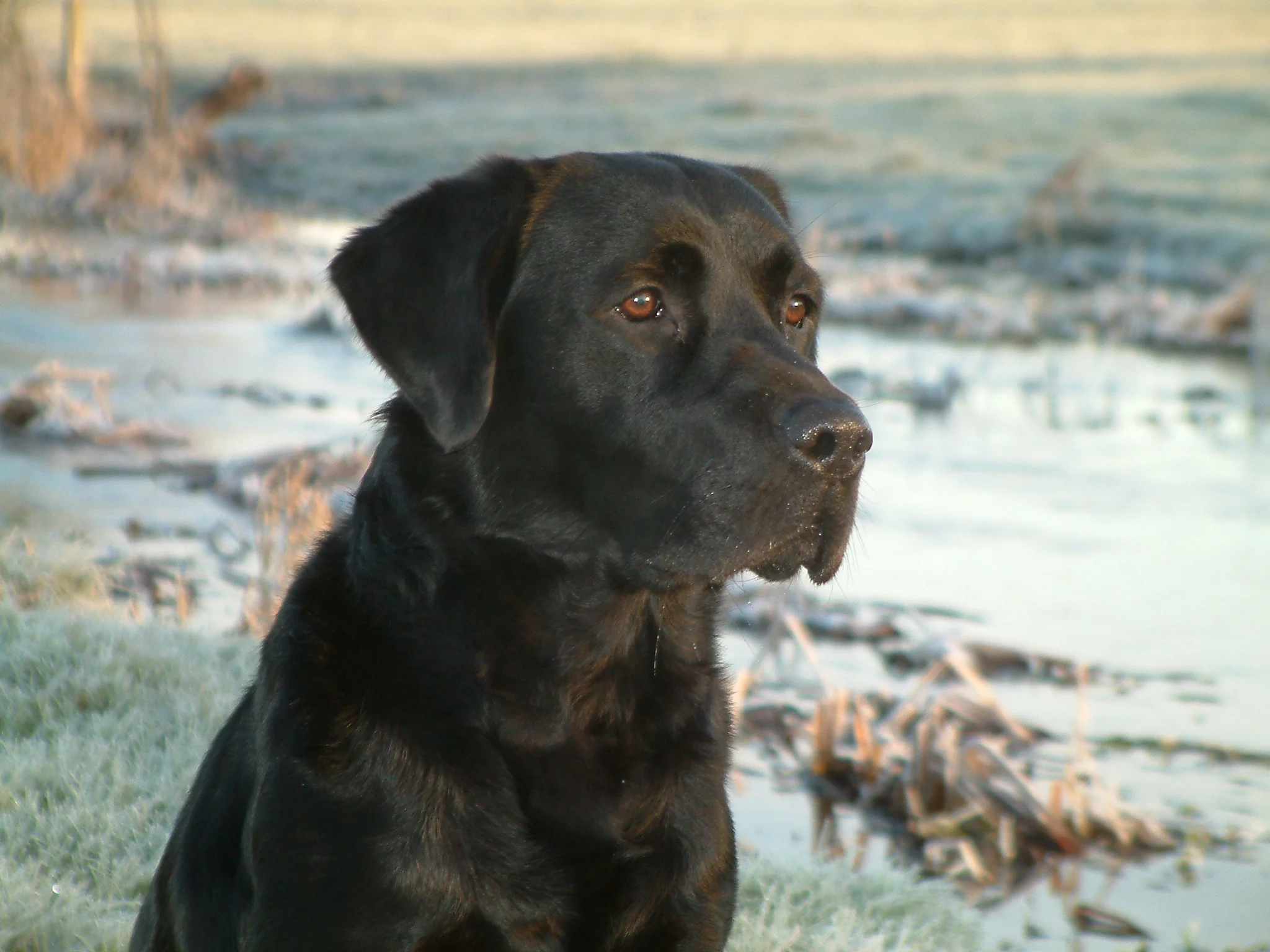For joint defense groups (JDGs) crafting invalidity contentions, the overriding problem is merging the resulting analysis together. JDGs are formed with the desire to collaborate and share resources. There are several ways a JDG can collaborate to create common invalidity defenses. In one arrangement, the law firms forming the JDG divide up the references, draft invalidity charts for the references, and then circulate the charts to other JDG members. One law firm then collects the charts to assemble the JDG's invalidity contentions. The contentions would include a list of references, proposed reference combinations, a coordinating document with reservations of rights, and an appendix of charts.
In another arrangement, each JDG member could serve their own individualized contentions, with the group merely exchanging charts for the set of prior art references. Each defendant simply leverages the initial charts and decides whether to include all or portions of the group's charts in its individualized contentions.
Can this process be improved?
We think we can help. If you've been reading this blog, you'll understand that we take a different approach. Instead of jumping into the process of prior art review and generating charts, we propose taking a step back to consider what claim features need to be extracted from the prior art.
Once a set of features have been identified (representing all aspects of the target claims), the analysis process begins and ends by looking for these features in the prior art. With this process, the group's analysis of the features can be merged together. References can be directly combined into multi-reference charts. The relationship between multiple references can also be better understood. Gaps in the prior art can be identified quicker. This leads to a better assessment of whether additional searching is required. Charts can also be generated on command for any reference against any claim.
With a web-based portal for the case, each JDG member has access to the prior art library and everyone's analysis. Each prior art contribution can be reviewed in real time. Since invalidity charts can be generated at the click of a mouse, the review process, not the charting process, takes center stage. A list of all references can be delivered with a few clicks so no reference is omitted. Combination lists can be easily generated. The main benefit, though, is that the group has a comprehensive understanding of each reference through various reports.
Under a traditional approach with each defendant just creating invalidity charts, you were less likely to understand the references reviewed by other defendants. To help in understanding prior art reviewed by another JDG member, we've created a report feature that summarizes each reference. Instead of looking at a reference's disclosure in the form of an invalidity chart, we provide a feature-based report for each reference. The report provides citations and associated text for each feature disclosed by the prior art reference.
Here is an excerpt from a prior art reference report:
You can see that quoted passages, citations, and the target patents for this reference are all included in the report. Depending upon priority date issues, you can designate whether a reference should be linked to a target patent for your invalidity contentions.
If you'd like to see the entire 8-page report for this reference, just send us a quick note and we'll send it out to you for further review.





